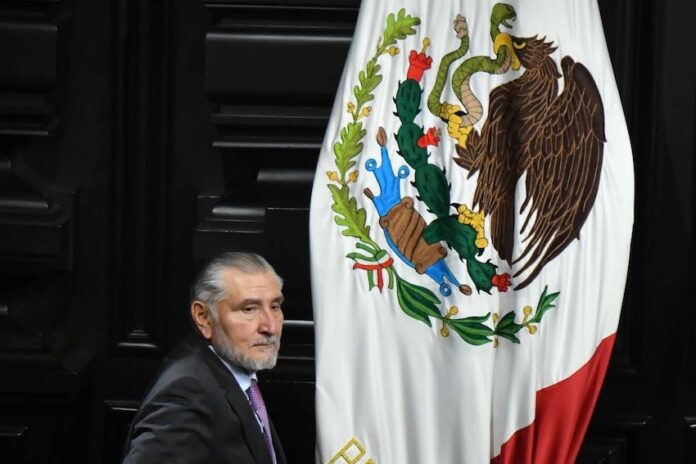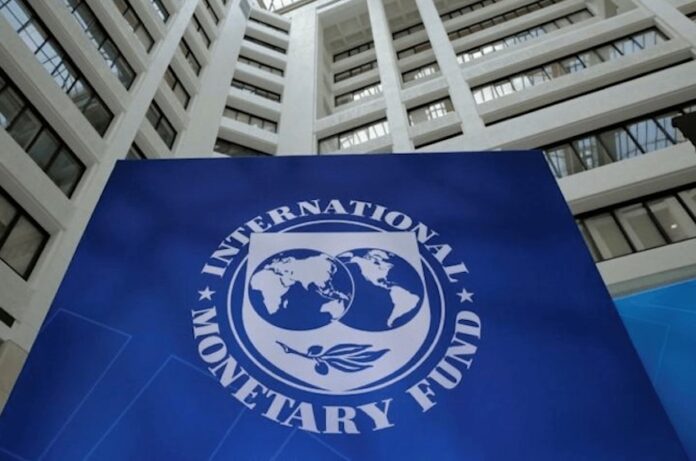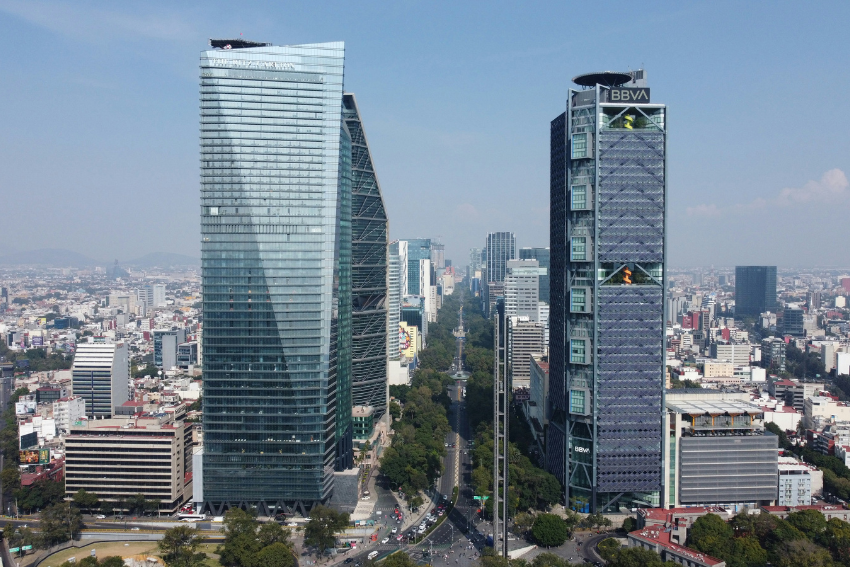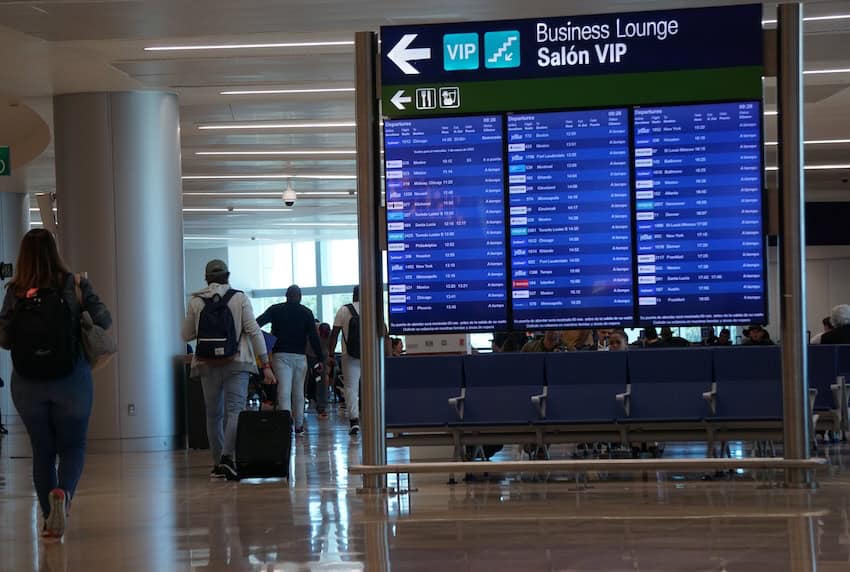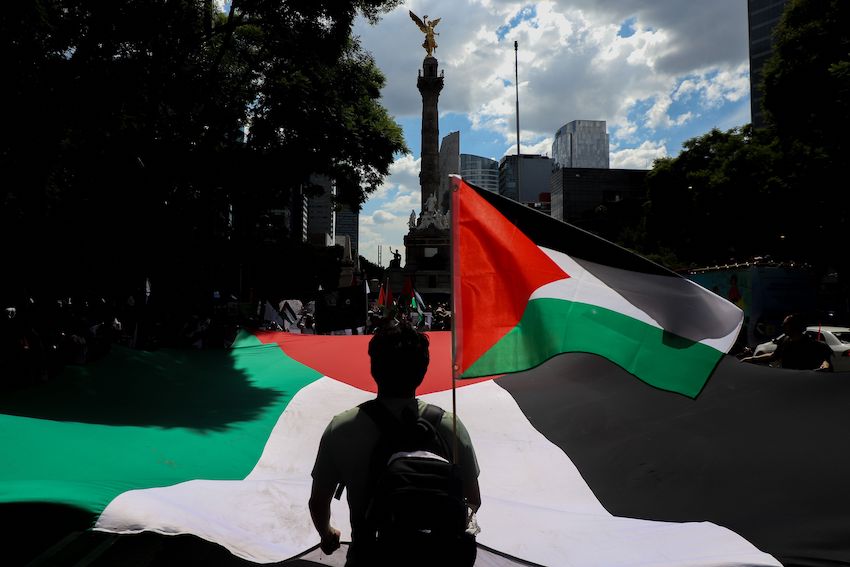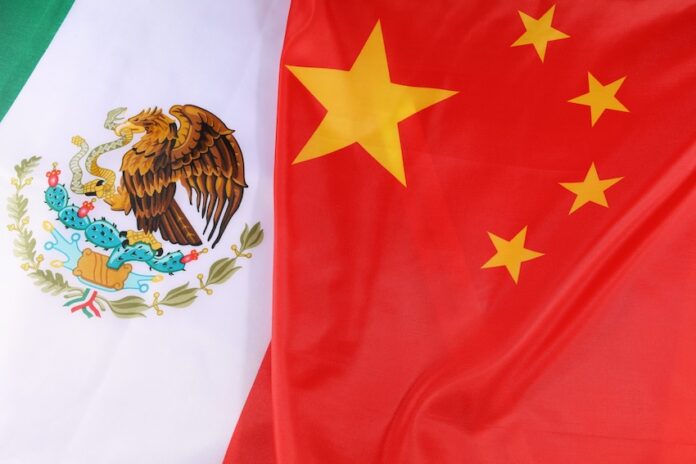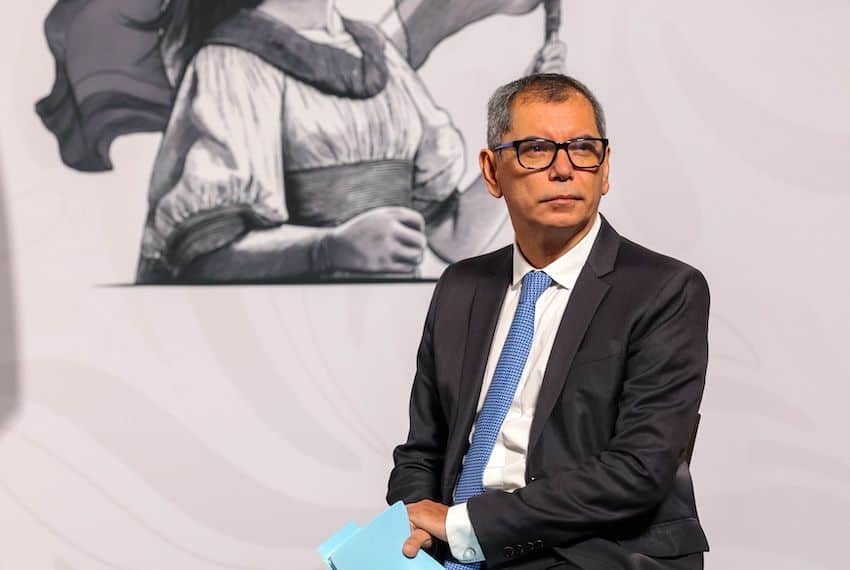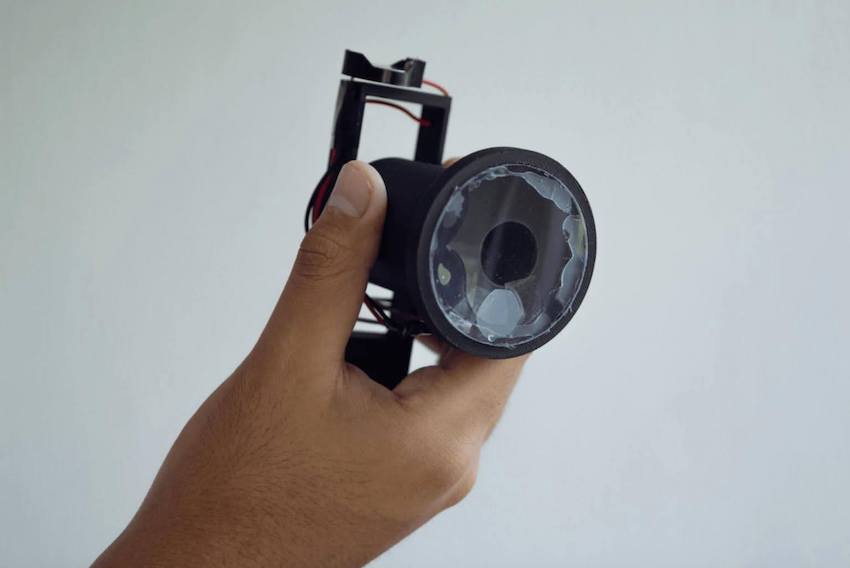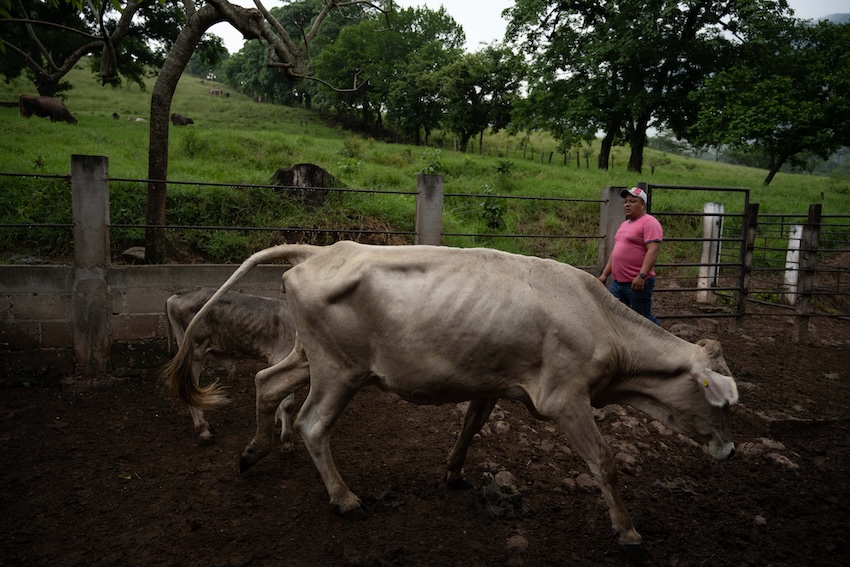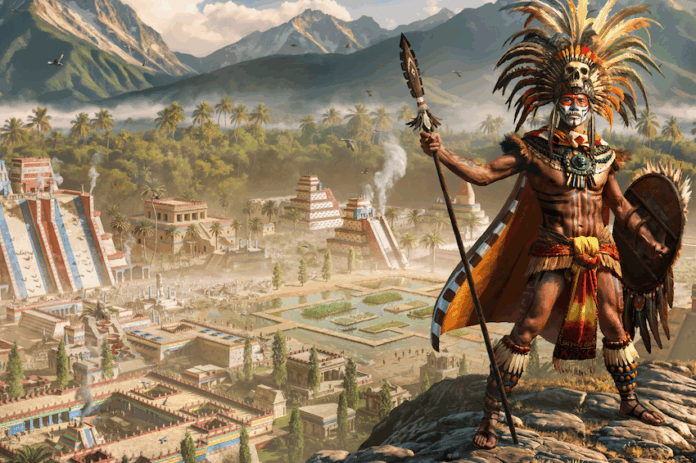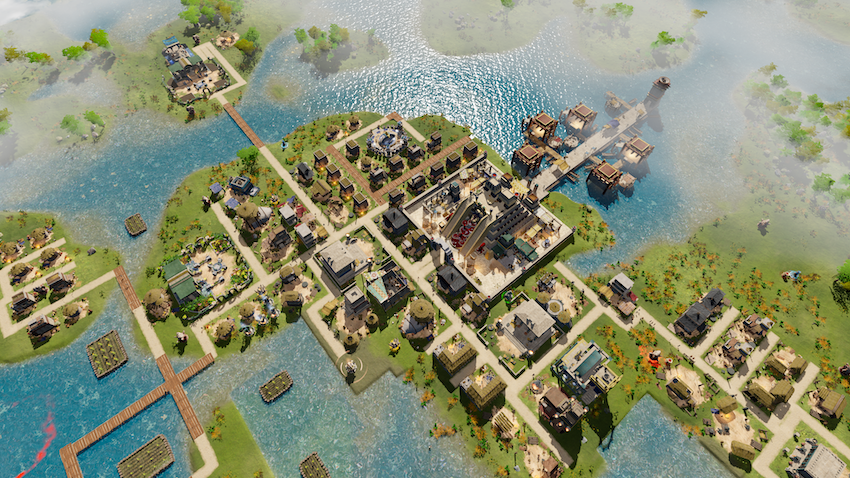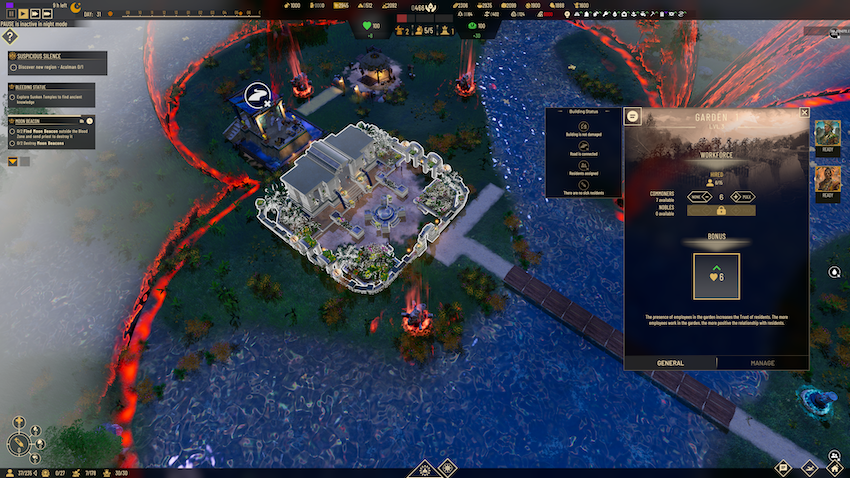Morena party Senator Adán Augusto López Hernández continues to face accusations related to the alleged criminal activity of the man who served as his security minister when he was governor of Tabasco.
On Monday, a former National Action Party (PAN) lawmaker submitted a request for López Hernández to be subjected to an impeachment process known as juicio político.
The document submitted to the General Secretariat of the Chamber of Deputies by María Elena Pérez-Jaén Zermeño, a stand-in PAN deputy until last week, accuses the Morena senator of having allowed criminal networks to operate in Tabasco when he was governor of the Gulf coast state between 2019 and 2021.
The main group that Pérez-Jaén alleges benefited from López Hernández’s conduct is La Barredora, a criminal organization linked to the Jalisco New Generation Cartel whose alleged leader is Hernán Bermúdez Requena, security minister in Tabasco between 2019 and 2024.
Bermúdez was arrested in Paraguay on Sept. 12 and returned to Mexico last week. He faces charges of criminal association, extortion and express kidnapping, and is currently detained at a federal prison in México state.
The accusations against Bermúdez have been at the center of a major political scandal in Mexico.
Former Tabasco security minister arrested in Paraguay on organized crime charges
López Hernández, who appointed Bérmudez as his state security minister, has faced questions over what he knew about the alleged criminal activities of his police chief.
He relinquished the governorship of Tabasco to become interior minister in the federal government led by former president Andrés Manuel López Obrador. López Hernández became the leader of Morena — Mexico’s ruling party — in September 2024.
Pérez-Jaén seeks to have López removed from the Senate and disqualified from holding public office
In her juicio político request, Pérez-Jaén wrote that she was seeking the dismissal of López Hernández from his senator position as well as a judgment that disqualifies him from holding public office for “up to 20 years.”
Succeeding in having López Hernández removed from office is, in effect, a pipe dream, given that two-thirds of lawmakers would have to support such a motion, and Morena and its allies dominate both houses of Congress.
Pérez-Jaén also wants the senator to be subject to a criminal investigation.
She claimed that it’s well known that López Hernández “had knowledge of the illicit activities” allegedly committed by Bermúdez during his governorship. Pérez-Jaén also claimed that the ex-governor engaged in influence peddling and bribery, and covered up the illegal conduct of his ex-security minister.
La Barredora, a Tabasco-based crime group, is allegedly involved in a range of illicit activities, including migrant trafficking, drug trafficking, fuel theft and extortion. Illegal taps on Pemex pipelines in Tabasco increased 167% annually in 2019, the first year of López Hernández’s governorship, the newspaper Reforma reported Monday.
Pérez-Jaén told reporters that her allegations against López Hernández are supported by military information that was hacked and leaked in 2022. Pérez-Jaén also submitted media reports that implicate the senator in the alleged criminal activities of Bermúdez. She stressed that she was presenting the request for juicio político as an ordinary citizen rather than in any official capacity.
“Anyone can come here and submit [a request],” Pérez-Jaén said.
Asked last Friday whether López Hernández’s leadership of Morena in the Senate was “sustainable” given the accusations Bermúdez faces, President Claudia Sheinbaum said there was no evidence against the senator.
“There is nothing, at this time, that incriminates him,” she said at her regular press conference.
López Hernández has said that he is willing to speak to authorities about the case against his former security minister.
In July, the Institutional Revolutionary Party (PRI) formally requested that the Federal Attorney General’s Office investigate the senator for criminal association. The PRI also demanded, unsuccessfully, that he resign. The PAN has also demanded a formal investigation into López’s ties to Bermúdez.
“This is not an isolated case,” PAN senator and former presidential candidate Ricardo Anaya said in July.
“This suggests a pattern of complicity between Morena and organized crime,” he said.
With reports from Reforma, El Universal and Animal Político
